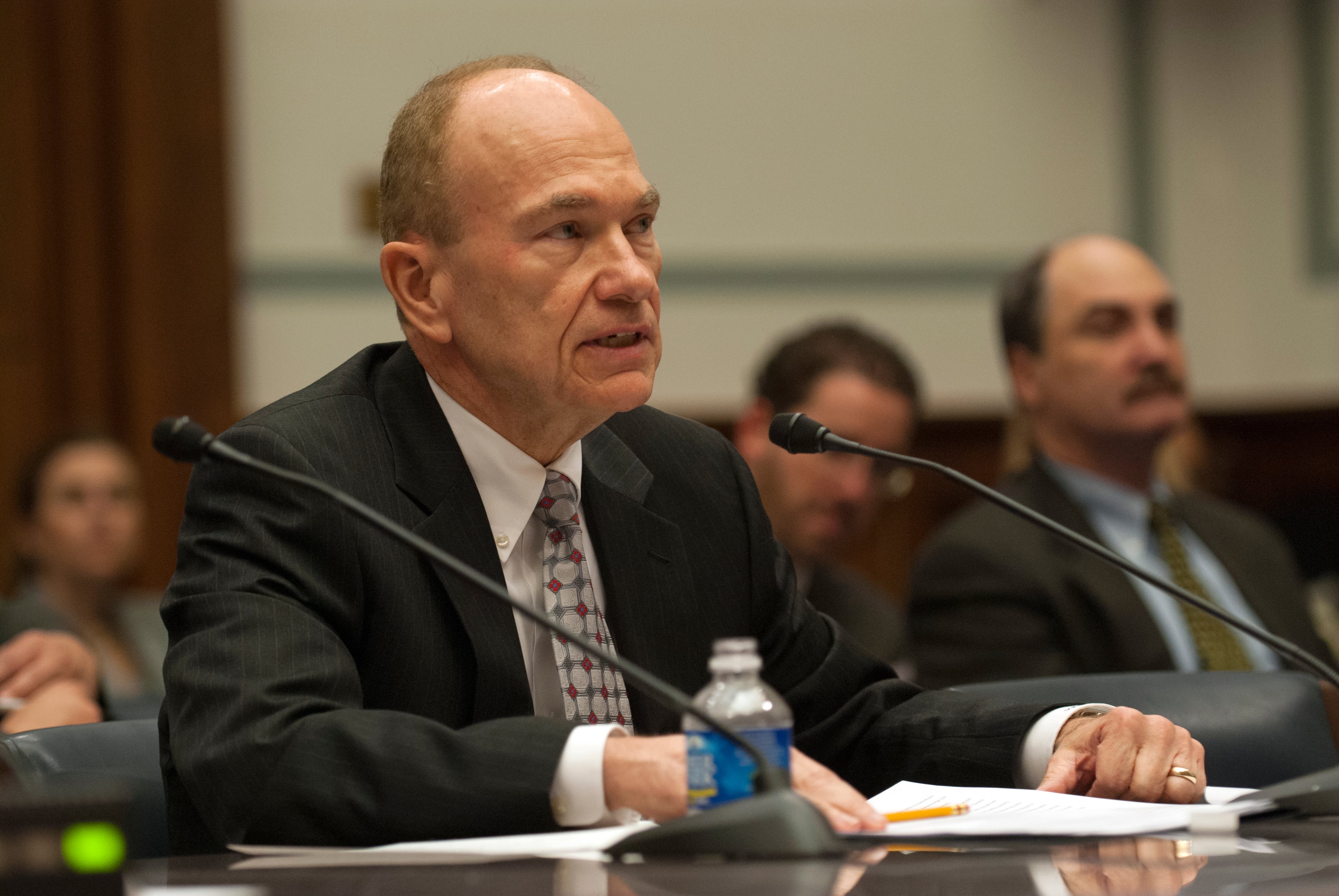The Federal IT Acquisition Reform Act (FITARA) that passed Congress in December reorganizes the hierarchical structure for federal CIOs, giving department-level CIOs budget and hiring authority over the IT shops at component agencies.
The Office of Management and Budget is expected to release policy guidance on FITARA this spring but experts and former CIOs are advising feds to get ahead of the curve by formulating preliminary plans in advance.
More: Major IT reform to have 'immediate effect' on feds
"Agencies and components need to get out ahead of this," said Joris Vega, senior manager at Deloitte. "FITARA is a pretty wide-ranging set of legislation and, in fact, will involve cooperation with agency CFOs and agency chief human capital officers. In order to mitigate bottlenecks, we're encouraging our clients to start planning now."
Those plans should be developed at the component and department levels and should include specific projects of focus and how each CIO expects to interact within the new structure.
Component CIOs
At the component level, CIOs should be ready to answer questions about their priorities, where they need help getting things done and how the top-level CIO can help them accomplish these goals.
"First of all I'd make sure I knew what my priorities were," said Van Hitch, Deloitte specialist leader and former CIO at the Justice Department. "I would make sure that I had a clear understanding of the priorities of my component head and how those combines with the priorities that I have."
Agencies already have portfolios of IT projects, however a department CIO might not be aware of the intricacies involved or how those projects fit into larger priorities.
Rather than constructing PowerPoint presentations to defend every project, Vega suggested offering an overall vision for the agency's IT, focusing in on core mission programs that department CIOs should be aware of.
"Hopefully, some of those projects have some visibility from the department CIO," Hitch said, adding that ultimately all projects will be up for review and reported through PortfolioStat, giving the department CIO visibility on everything.
Component CIOs should consider, "How do I want to interact with the agency CIO?" Hitch said. "How do I get those things in there when they're developing those processes and procedures. And how do I want that person to use me?"
Hitch suggested component CIOs get ahead of the game here, as well, broaching the topic with the department CIO before OMB releases its guidance.
"There's going to be a recognition that you have a new advocate but also a new person to whom you report," he said.
Department CIOs
"From an agency CIO perspective, there's a focus on what is the overall strategy for the agency," Vega said.
He offered a list of considerations for department CIOs to begin thinking about how their new authority can help move their agency forward:
- How do I want to manage this IT portfolio and where do I want to get it to now that I have newfound responsibilities and newfound authorities?
- What are the things I want to see across the agency and where can I get that done feasibly?
- Are there specific capabilities I want to reuse throughout the agency?
- Do I have a strategy for the more mature commodity technologies, particularly ones that can be reused throughout an agency.
The top-level CIO should also be focused on developing relationships with component CIOs, Hitch said.
Previously, department-level CIOs had little statutory authority over component agencies. Any coordination was borne out of good working relationships.
Personal relationships will still be important moving forward, Hitch said, however having statutory authority puts the CIO in the room as a matter of course, rather than an afterthought.
"Nothing takes the place of having good relationships — you can't put a dollar sign on that — the ability of an executive is very much dependent on not only the position they hold but the relationships they develop and the trust they develop," he said. "But having the underpinnings of a position that has the reporting relationship built in gives you an automatic seat at the table. You're not left out, either inadvertently or on purpose."
Overall, the goal should be to develop a working structure that benefits all parties and begin doing so before OMB makes it a requirement.
"Whether you're at the department level or component level, the CIO position is a difficult position," Hitch said. "This is just throwing another thing into the mix that, hopefully, should help [component CIOs] in terms of providing them with an ally at the department level who can make the important things happen."
Aaron Boyd is an awarding-winning journalist currently serving as editor of Federal Times — a Washington, D.C. institution covering federal workforce and contracting for more than 50 years — and Fifth Domain — a news and information hub focused on cybersecurity and cyberwar from a civilian, military and international perspective.





